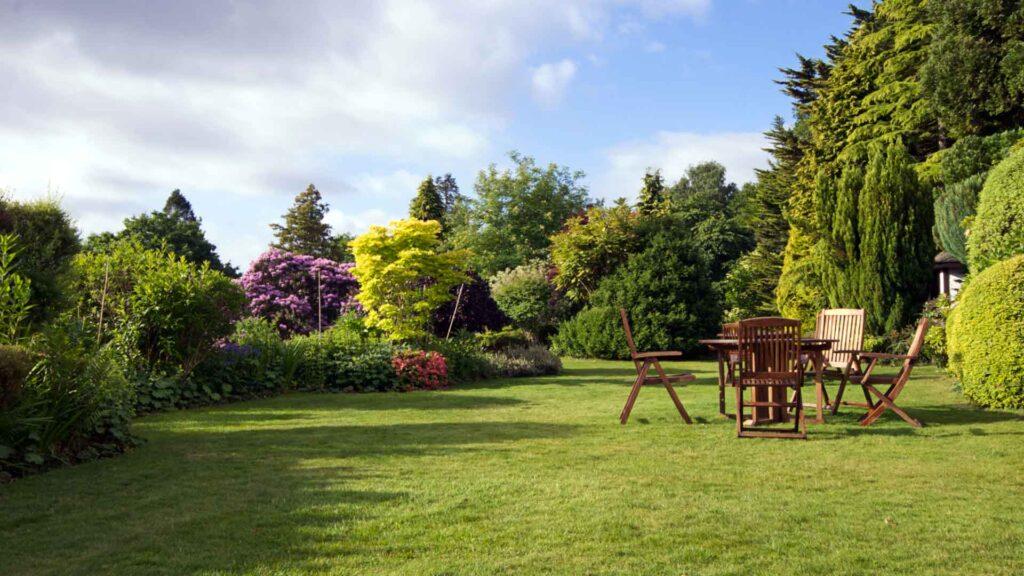Planting school wildlife ponds
This is the secound in a series about creating a school wildlife pond. Others are:
School Wildlife ponds
School Wildlife pond -Wildlife. Part 2.
Planting school wildlife ponds are part of the series of blogs Landvision is running on school wildlife ponds.

The best time to build a pond is Spring and Summer when the soil conditions are dry. Aquatic plants need to be planted in the correct zone of the School Wildlife pond. There are approximately 5 zones, depending on the depth of water and growing habit of the plants.
- Zone 1 – Bog garden/marsh- partly dry land.
- Zone 2 – Marginal plants
- Zone 3 – Deep marginal plants
- Zone 4 – Floating plants
- Zone 5 – Oxygenating plants.
Marsh plants for Bog garden and water’s edge;
For a small pond which is 3m in diameter and 45 cm deep;
- Marsh Marigold, Kingcup -one of the best plants for the water’s edge; 2 plants.
- Yellow flag – 1 clump will suffice.
- Iris laevigata – beautiful blue flowers; hardy water irises. Grows to 45 cm high; 3
- Or Iris laevigata Variegata – this has very attractive leaves; 60 cm tall.
- Lady’s Smock- 3; pretty and food plant of Orange tip butterfly; plant in marsh.
- Purple Loosestrife – very colourful; tolerant of water level changes and will grow in Water too; not suitable for very small pond, but fine for a small/ medium size pond and can be divided; 1-2 plants
- Water mint – a lovely plant – add a clump ortwo, it will soon spread along pond margins.
- Bog bean – shallow water, frilly white late spring flowers- 2 clumps.
-
For margins of slightly larger ponds and bog gardens;
- Bulrush or reed mace – 2
- Corkscrew rush – Juncus effusus spiralis – a curiosity plant that is a big attraction – add 2
- Parrot’s Feather – ideal for softening unsightly pond edges; very fast growing,1 clump will suffice.
There needs to be a balance in your pond, to minimise green water algae and blanket weed growth, so 10 bunches of submerged,aerating/oxygenating plants should be planted, per square metre. These will produce oxygen and will absorb the mineral salts in the water, which would otherwise attract algal growth.
Submerged aerating plants.
- Water starwort- a few plants for deeper water, attractive bright green leaves- add a clump or 2.
- Elodea crispa – larger and easier to control than Elodea canadensis- add a few clumps.
For larger ponds, with deeper water, 2 of each of these plants will add diversity;
- Flowering rush- tall, elegant plant with cartwheel flowers in Summer; grows best in 25 cm of water- 1 plant
- Arrowhead – stunning arrow shaped leaves plus spikes of white flowers- for water 25 cm deep- 2 plants
Floating plants;
Plant one or two water lilies in a small pond. They will spread so tend to need dividing over time.
- Nymphaea pygmaea (for very small ponds, water needs to be 15 cm deep)- 1 plant
- Nymphaea “James Brydon” (for small ponds, water 30-90 cm deep) – 2 plants or
- Nympahea laydeckeri “Lilacea” or “Fulgens”– stunning plants – 2 plants.
When planting your wildlife pond, select a variety of plants from the commonly found plants above. The availability of plants will vary. For a small pond, three or four of each of the marginal plants will suffice as plants will spread with time.
Planting several water lilies and marginal plants will help to create shade in the water surface. This will help to cut down algal growth and will also help to provide shelter for newts and other amphibians. Water snails like to lay their eggs on the underside of water lily leaves.
Do not add fish to a wildlife pond as these deplete the pond ecology over time, eating plants, eating other wildlife and causing higher nutrient levels, they tend to lead to algal growth.
To arrange a design site visit from Landvision or if you have a query, go to Contact us page or ask a question.
